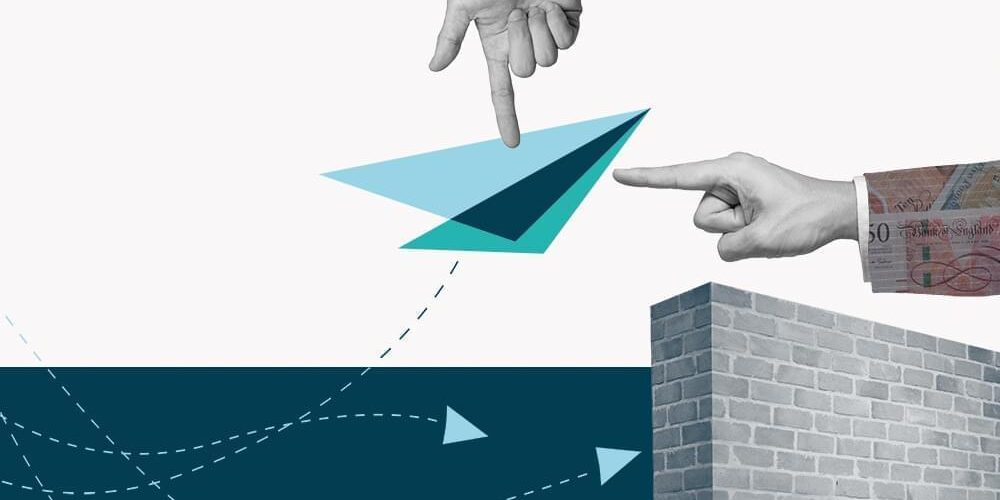Many businesses are being pushed to the brink of collapse because of the time it’s taking for Bounce Back Loan Scheme applications to be processed.
After launching the Coronavirus Business Interruption Loan Scheme (CBILS), offering guaranteed finance of up to £5m, Chancellor Rishi Sunak recognised that smaller companies were struggling to access funding. When he launched the Bounce Back Loan Scheme (BBLS) at the beginning of May, we saw 80% of our customers switch from CBILS to BBLS. Many needed more than the maximum Bounce Back Loan amount (£50,000) but they told us their priority was getting hold of funds fast to help tide them over.
The problem with BBLS
But the Bounce Back Loan Scheme has its own flaws. The sheer volume of applications has led to severe delays. One of our customers recently told us there were more than 31,000 businesses ahead of them in the queue to open an account with a challenger bank – if you want a Bounce Back Loan you have to apply via a lender that’s been accredited by the British Business Bank.
We’ve also heard from unhappy business customers who have applied through their ownbank (i.e. where they already hold an account), and they are still waiting for their Bounce Back Loans to be approved (or not). Some businesses have formed (private) Facebook groups where they are complaining about the slow response from their banks regarding their BBLS applications. And you’ll find plenty of negative chat in the private sections (or ‘lounges’) of business websites.
What’s more, £50,000 is a relatively low threshold. A loan of that size might help to cover the costs of surviving lockdown – although to what extent is debatable – but it probably won’t finance your recovery.
A possible solution
What many business owners might not realise is that some lenders are now allowing you to apply for CBILS (not to mention other sources of funding such as asset finance or invoice finance) even if your company has received a BBLS loan.
You can also apply for both BBLS and CBILS at the same time. If the more expensive CBILS loan arrives first, it can be refinanced until November at the maximum interest rate of 2.5% charged by BBLS. The government still covers the first year’s repayments.
Swoop can help match you to the most appropriate CBILS lender for your business.
Why CBILS and not BBLS?
Some companies have avoided CBILS because there is a perception that it takes a long time to receive funding, but at Swoop we’re now accessing CBILS faster than BBLS for our customers.
Perhaps you’ve been put off by the lenders’ requirements for more information (compared to a BBLS application) such as a cash flow forecast as well as company accounts. But we’d argue strongly that you should have a cash flow forecast in place to help you navigate the crisis, regardless of whether you’re applying for a loan. And if you don’t have one, our application process provides access to tools to create your cash flow forecast.
It’s also worth remembering that the government changed the terms of CBILS, so you don’t have to provide a personal guarantee to borrow up to £250,000. You only have to cover 20% of the balance for any amount above that threshold.
To sum up, don’t sit in a queue and wait for an overwhelmed lender to approve your application if your business is at risk of running out of cash. Make sure you access whatever funding is available, so that you not only survive lockdown but also make a full business recovery.
Register now at swoopfunding.com and our team of experts will walk you through the process. It’s free, speedy and straightforward.
Register your business here.
Or visit our website, click on ‘Apply for CBILS’ at the top of the page, and use our quick CBILS eligibility checker bot. Call our Coronavirus finance helpline on 0203 868 0364.
































 yet? Register here!
yet? Register here!